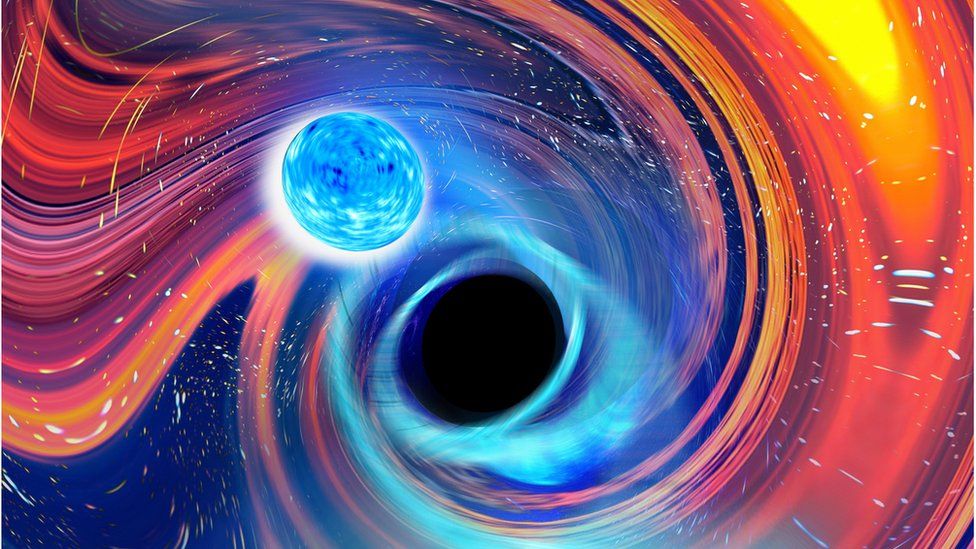Scientists have found a young star near the supermassive black hole Sagittarius A*, which is located in the center of our Galaxy. The radiation existing in that place should prevent its formation, but it still somehow formed.

“Impossible” newborn star
An international team of scientists has discovered a star in the very center of the Milky Way near the supermassive black hole Sagittarius A*, which is only a few tens of thousands of years old. It is younger than humanity and is still at the stage of formation.
This is a rather heavy “baby”. The mass of the star is 15 times greater than the solar one, and it exceeds our luminary by 10 times in size. At the same time, the theory suggests that this luminary simply cannot have formed in the place where we now see it.
The fact is that a lot of dynamic processes occur in the vicinity of a supermassive black hole, as a result of which ultraviolet and X-ray radiation are generated, interfering with star formation.
Therefore, it is believed that the vicinity of a supermassive black hole is a region of old stars. They orbit around it at high speeds and eventually approach Sagittarius A* close enough for its tidal forces to tear them to pieces.
How a star was born
And nevertheless, there are young stars near Sagittarius A*. The recently discovered newborn star is not the first, although it is the youngest of them. Until now, how these luminaries are formed remains a mystery to scientists. It is most likely that the place of their formation is a gas-dust disk located several light-years from a supermassive black hole.
Such gas-dust clouds are dense enough for their outer layers to trap all the high-energy rays coming from the black hole. Under such conditions, not only stars can form, but complex organic molecules can also be preserved.
According to the assumptions of scientists, parts of this disk, under the influence of their own weight, are compressed into separate clouds, each weighing hundreds of solar masses. Massive stars are born inside them, the solar wind from which quickly disperses gas and dust, and they begin to rapidly fall on the black hole.
This scenario is partially confirmed by the presence of several gas-dust clumps next to the newborn star. However, it remained unknown whether they were really born together with it. However, this assumption explains everything observed well.
According to phys.org
Follow us on Twitter to get the most interesting space news in time
https://twitter.com/ust_magazine
